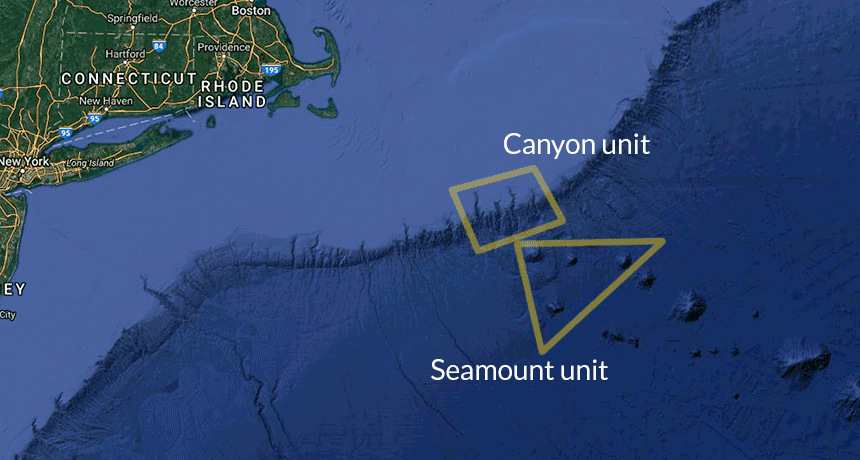
First U.S. ocean monument named in the Atlantic
Science News, September 2016A stretch of ocean off the coast of Cape Cod more than four times the size of Rhode Island has become the first U.S. marine national monument in the Atlantic Ocean.

A stretch of ocean off the coast of Cape Cod more than four times the size of Rhode Island has become the first U.S. marine national monument in the Atlantic Ocean.
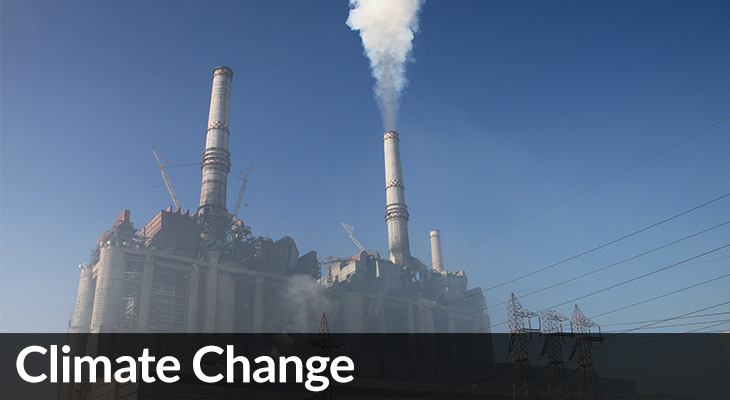
What, if any, steps do you think the United States should take to combat climate change and why, or why not?
Collection of articles written on the science-related policy positions of Hillary Clinton and Donald Trump. I researched and wrote the section on climate change.
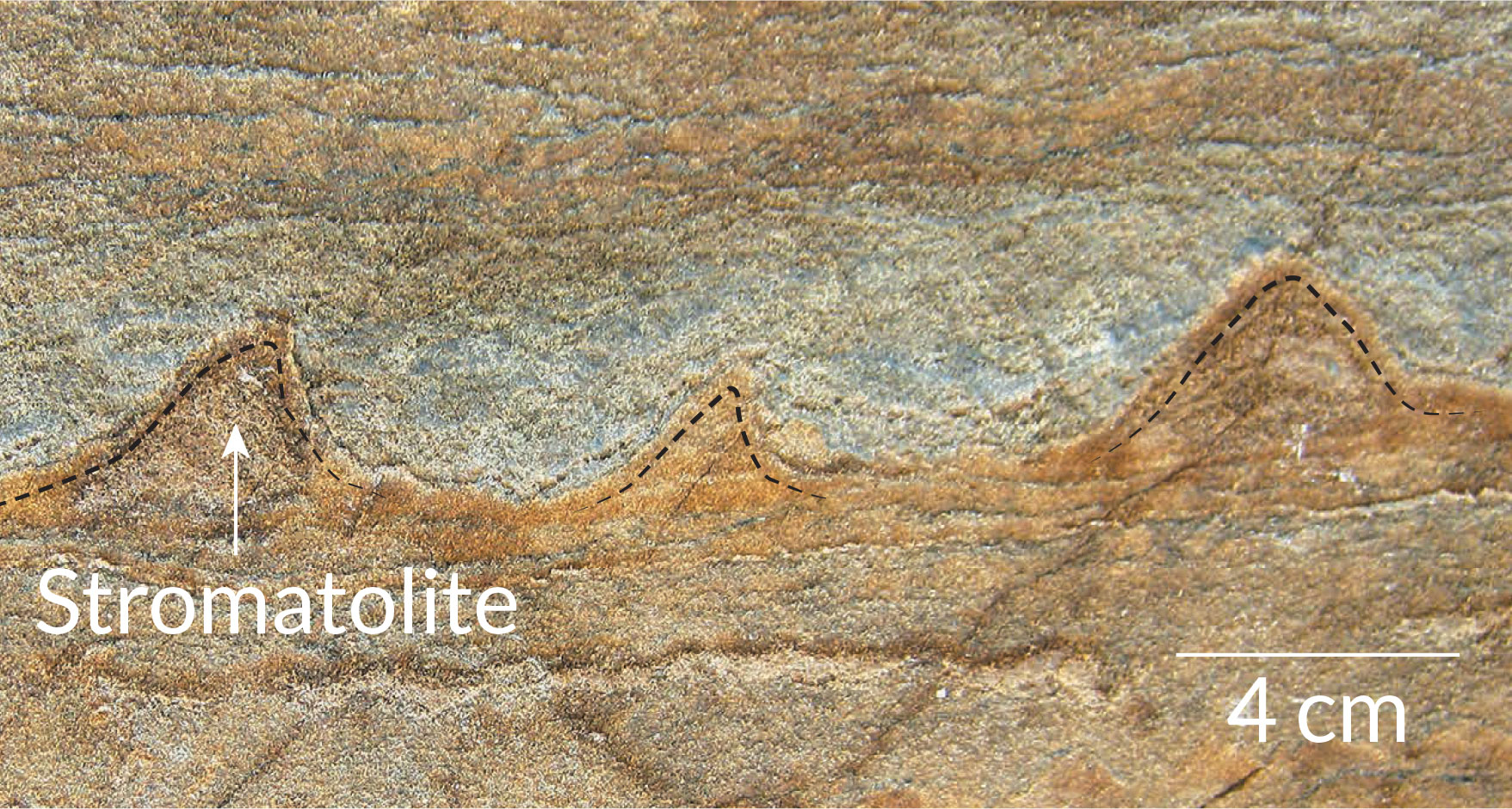
A melting snow patch in Greenland has revealed what could be the oldest fossilized evidence of life on Earth. The 3.7-billion-year-old structures may help scientists retrace the rise of the first organisms relatively soon after Earth’s formation around 4.5 billion years ago, the discoverers report online August 31 in Nature.
Adapted for Science News for Students.
How the seafloor quivers under an intense storm called a “weather bomb” could help reveal Earth’s innermost secrets.
Adapted for Science News for Students. Syndicated to Business Insider.
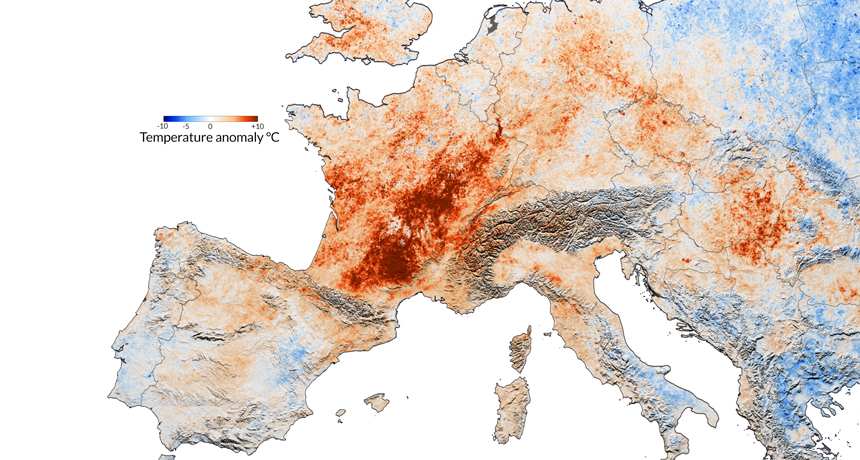
Climate change flaunted its deadly side during the 2003 European heat wave, which killed over 70,000 people across the continent. In London and Paris alone, global warming led to 570 more heat-related deaths than would be expected without human-caused warming, researchers estimate in the July Environmental Research Letters.
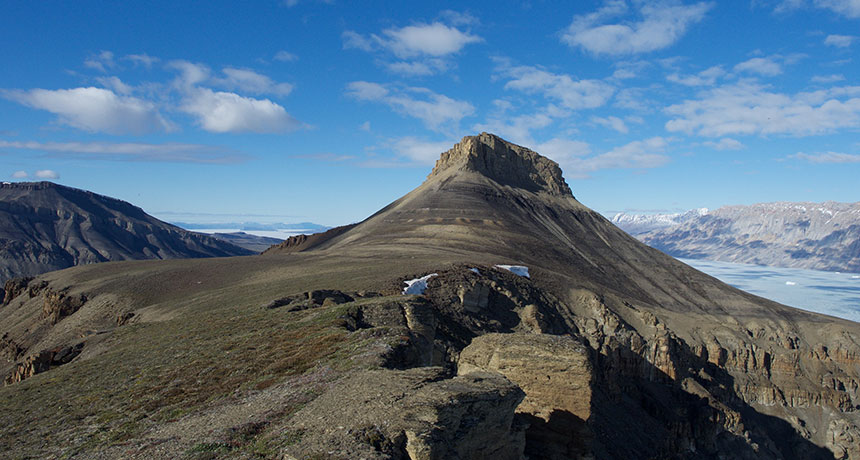
Out-of-reach nutrients could help explain why life on Earth took so long to bounce back from the worst extinction of all time.
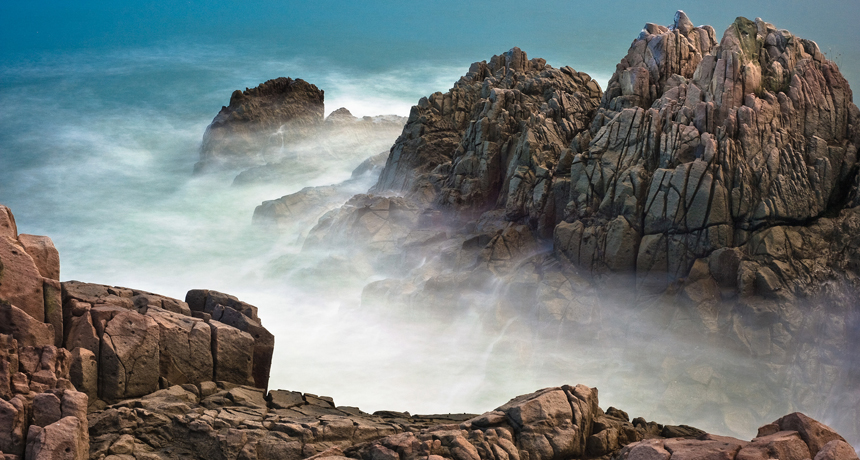
A debate over when the gap between North and South America closed has opened a rift in the scientific community.
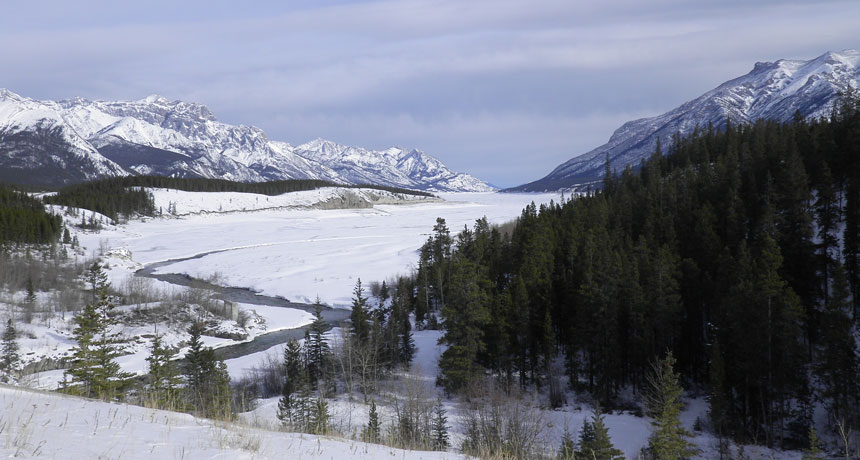
The first American pioneers could not have reached the New World the way most textbooks say they did, researchers conclude in a new study. An open corridor through the ice-covered North American Arctic was too barren to support human migrations before around 12,600 years ago, fossilized DNA evidence suggests.
The mighty monsoon winds that periodically bring rains that drench India first billowed around 12.9 million years ago, new research shows. The work provides the best look yet at the conditions that fostered the modern monsoon.
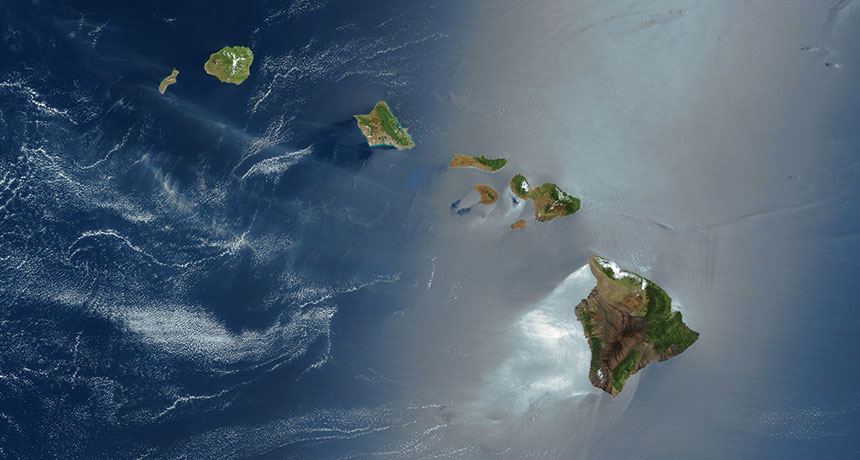
A three-way tectonic tango may have led to the birth of what is now the largest chunk of Earth’s crust.